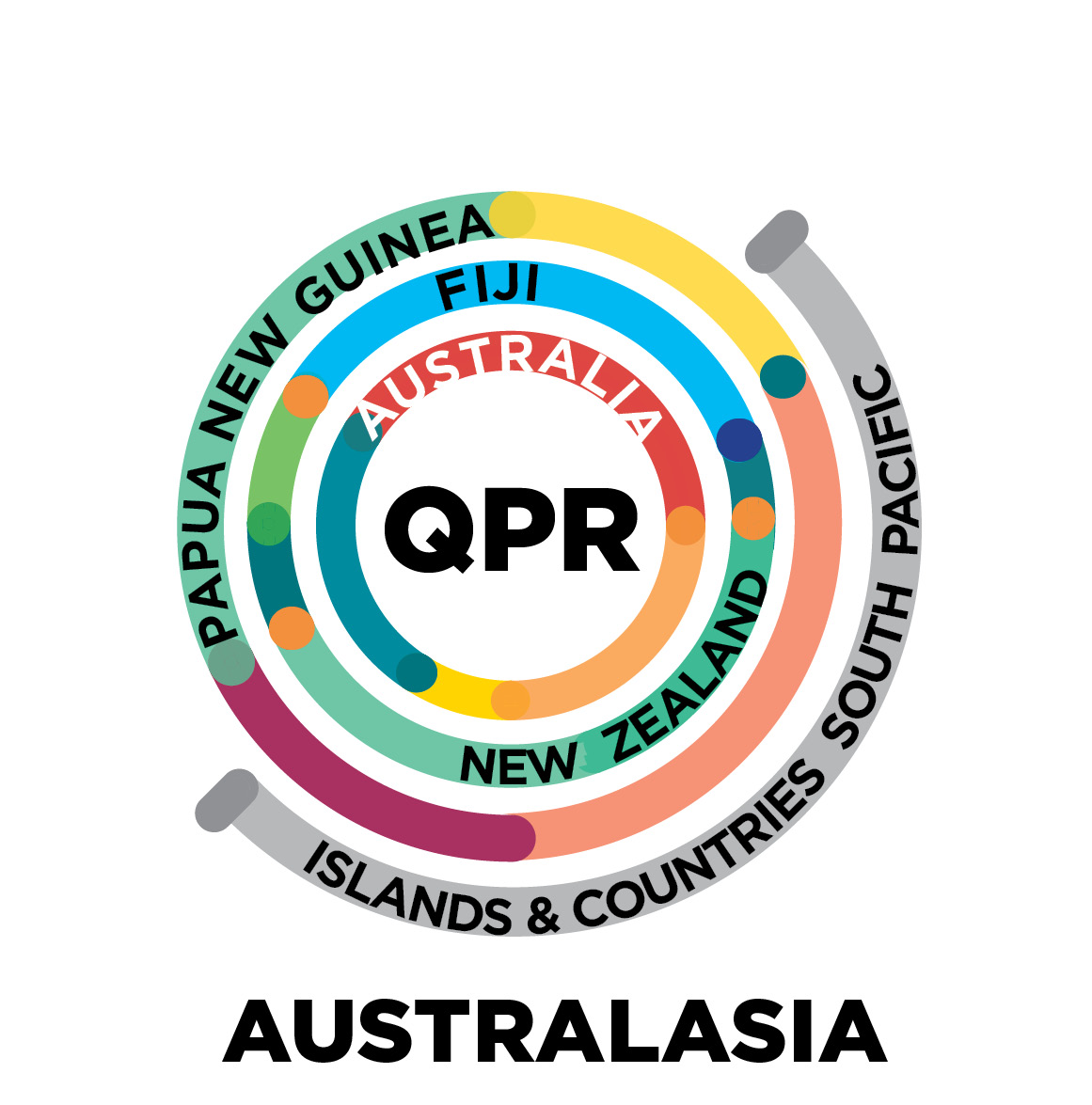
QPR for Pharmacists
In addition to basic QPR training and screening for suicide risk, and required special attention to “assessment of issues related to imminent harm via lethal means” this course also includes an introductory lecture on the size and scope of suicide and the burden of suffering, a best-practice registered training in Counseling on Access to Lethal Means, basic helping skills for assisting suicidal patients, and how to communicate effectively with those who have attempted suicide and those who have lost a loved one to suicide.
$103.00
Why this training program?
While our research team is still exploring actual pharmacist encounters with suicidal patients, we know that suicidal people often telegraph their suicidal intent or desire to professionals during conversations in the professional's workplace. A red flag is raised, and a probe about suicide might be appropriate, for any of the following presentations:
- A woman shows evidence of a recent cutting injury on her wrist and is seeking an antibiotic and bandaging material.
- A young man filling a prescription reports a single car crash with no passengers on board and says, "Next time I will be going faster."
- A depressed older farmer refiling an expensive antidepressant prescription says, "At the price of this medicine I'd be better off dead."
- A college student reports he is flunking out of school, and on picking up his prescription asks, "Is this enough medicine to kill a person?"
Please note that observation of what appear to be self-injury wounds, e.g., multiple cigarette burns, shallow skin lacerations, and other suspicious injuries may not have been inflicted with suicidal intent, but rather are evidence of what is called non-suicidal self-injury.
A good probe for non-suicidal self-injury is, “Were you feeling suicidal when this injury occurred?”
Bottom line
If a suicide risk probe into any of the above scenarios results in a positive finding for suicidal ideation or a recent attempt, the patient should receive a comprehensive suicide risk assessment as soon as possible.
What we are about
The QPR Institute has four goals. These are to:
- Raise public awareness about suicide and its prevention.
- Provide low-cost, evidence-based training to prevent suicide.
- Provide advanced training programs for a variety of professionals and for undergraduate, graduate and post-graduate students preparing for careers in the helping professions.
- Reduce morbidity and mortality of suicidal patients, students, and employees through a systems approach to suicide risk reduction.
As of this writing in early 2017, the Institute and its faculty have trained almost three million gatekeepers worldwide. In addition, thousands of clinical health care providers have been trained in how to detect, assess, manage, and treat suicidal consumers.
If this sounds like an "army" of people helping to prevent suicide, it is. Now, with your help, we will create a new division in that army of educated, trained pharmacists to help prevent suicide around the globe.
Suicide is one of the most critical health concerns, both in Australia and on a global scale. In 2015, over 3000 Australians died by suicide. For every suicide death, as many as 25 individuals will attempt suicide, and for some communities, such as Aboriginal and Torres Strait Islanders and LGBTI people, rates of suicide attempts and deaths are even higher.
Over the past decade in Australia, there has been a 20% increase in the number of suicides and suicide is the leading cause of death for Australians aged 15-44.
We also know that suicide rates of Aboriginal and Torres Strait Islander people are at least twice that of non-Indigenous Australians, and that while women make more suicide attempts, 75% of suicides are by men.
Some people in the community are particularly vulnerable, for example men aged 18 to 24 who have previously served in the Australian Defence Forces are twice as likely to die by suicide as men of the same age in the general population.
Other workforces with higher risk of suicide can include those working in agricultural, transport and construction and health sectors.
Clearly, the need for QPR training across the community is very high.
You may know someone who has made a suicide attempt, or may even know someone who died by suicide. It is likely you know someone who has thought, or is thinking, about suicide.
While expert opinion may differ as to what helper competencies are required to assist suicidal persons achieve the most beneficial outcomes, little controversy exists about the lack of qualified manpower to help the thousands of people who think about, attempt, and sometimes die by suicide. For this reason alone, new state laws are being passed to improve the capacity of health professionals to respond effectively to suicidal patients.
The history and source of the institute's training programs are derived from earlier research and development work in partnership with Washington State University, The Washington Institute for Mental Health Research, the Washington State Youth Suicide Prevention Program, Spokane Mental Health (now Frontier Behavioral Health), and Spokane County Regional Health District.
We know that pharmacists are in frequent contact with at-risk populations. In our view, they need to know as much about suicidal behaviors and how to intervene to reduce risk and enhance safety as is reasonably possible. Learning to recognize and respond to possible suicide warning signs, and how to facilitate a competent referral and follow-up, is key to preventing suicide.
This training is not a substitute for a university degree in counselling or other mental health profession, nor can it provide the face-to-face supervised experience those in the helping professions are provided in the course of their professional career development. The program does not teach suicide risk assessment skills. Suicide risk assessment training is provided in other QPR Institute programs.
- Participants must be at least 18 years of age
- If employed by, or volunteering for, an organization, participants agree to accept all expectations and employment rules of their parent organization. The QPR Institute does not vet or otherwise qualify students for this course.
Modularized in a rich mix of text, video, voice-over PowerPoint™ lectures, interactive practice sessions, and other state-of-the-art interactive and e-learning technologies, the QPR for occupational therapists training program provides a dynamic introduction to suicide risk detection, intervention, means restriction, referral and follow up.
Participants who complete this course should be able to:
- Understand suicide as a major public health problem
- Understand the common myths and facts surrounding suicide
- Identify unique verbal, behavioral, and situational suicide warning signs
- Recognize and screen someone at risk of suicide
- Know how to inquire about suicidal intent and desire
- Recognize at least three suicide warning signs
- Recognize at least three risk factors for suicide
- Recognize at least three protective factors against suicide
- Demonstrate increased knowledge, skills, self-efficacy and intent to act to intervene with suicidal people and patients
- Know how to engage and assist a suicidal colleague or co-worker
- Describe "means restriction" and life-saving action steps
- Know materials, phone numbers, and patient/family information to provide at discharge or point of care site
- Understand the nature of suicide and describe at least one theory of suicidal behavior
- Describe and locate major suicide prevention web sites and online resources
- Demonstrate increased knowledge about suicide and its causes
- Engage in an interactive and helpful conversation with someone who has attempted suicide
- Engage in an interactive and helpful conversation with the loved ones or family members of someone who has died by suicide
- Describe clinical groups at high risk for suicide - optional video lecture




